How Nike tells stories?

Stories light up our brains. It is not metaphorical. It's based on science[1].
Storytelling is fundamental to how humans consume and convey information, and the best stories grab and hold our attention. If you think about it, storytelling is fundamental to marketing as well.
“Marketing is no longer about the stuff you make but the stories you tell.”
—Seth Godin.
For brands, a story is a powerful medium to convey its message in an engaging and memorable manner. It focuses on evoking empathy by connecting the values of your brand with those of your target audience.
Nike’s first story
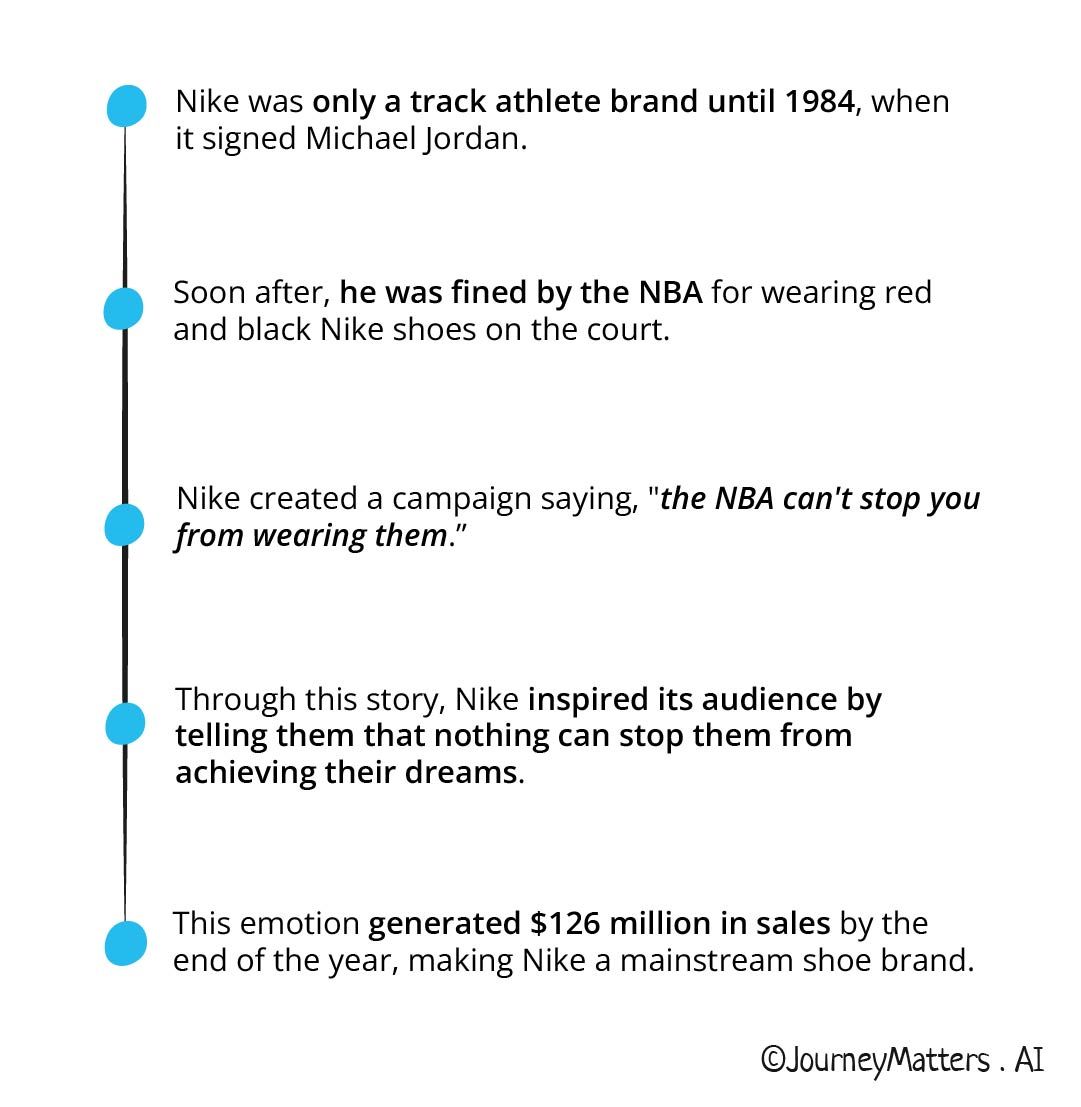
“Listening to stories of ordinary people called to great things fortifies our belief that we can become heroes in our own lives.” - Joseph Campbell.
There is a natural attraction to tales of triumph over adversity. This prompted Nike to emphasize inspirational storytelling as a cornerstone of its marketing strategy.
Soon after, Jordan was fined $5,000 by the NBA for wearing the red and black Nike shoes because their dress code only mandated the use of white shoes.
In response to the fine, Nike created a campaign centered on the rebellious nature of the Air Jordan I shoes, which ended by saying, “the NBA can’t stop you from wearing them.” This was Nike’s first and most successful attempt at storytelling.
The campaign carried an inspirational message which made the audience feel courageous by knowing that nothing can stop them from achieving their dreams. It also generated $126 million in sales[2] by the end of the first year after the release of Air Jordan I, making Nike a mainstream shoe brand.
Deconstructing Nike’s art of storytelling
Nike has set the bar high when it comes to storytelling. But it's not just any storytelling; it's storytelling that subtly but effectively promotes the emotional benefits of Nike's products.
But how did Nike master the art of storytelling?
Nike’s storytelling stands on three strong pillars: its core values, a consistent theme, and a storytelling framework.
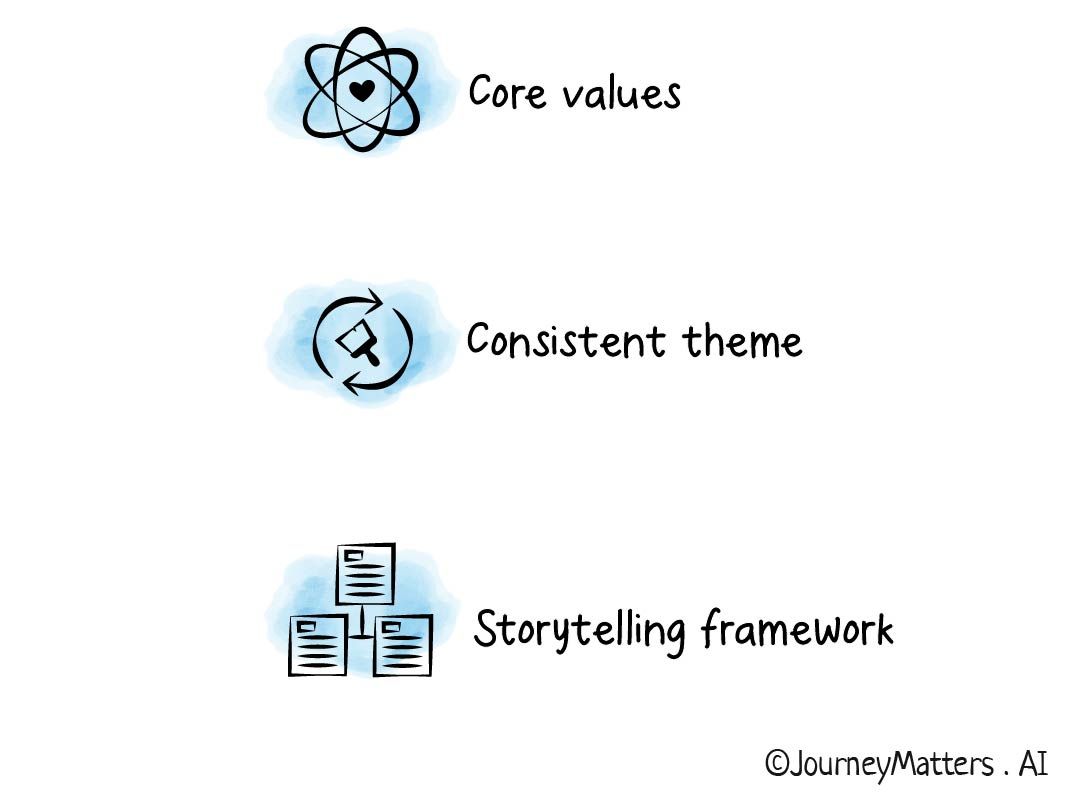
Let’s discuss the three in detail.
1. Core values
Nike never mentions what its shoes can do for you. They only discuss the fundamental core values of who they are and who they would like to be in the everyday life of their audience, and they have established themselves as a beacon for that.
Their core values - ‘inspiration’ and ‘innovation’ are also reflected in their mission statement:
“To bring inspiration and innovation to every athlete in the world.
If you have a body, you are an athlete.”
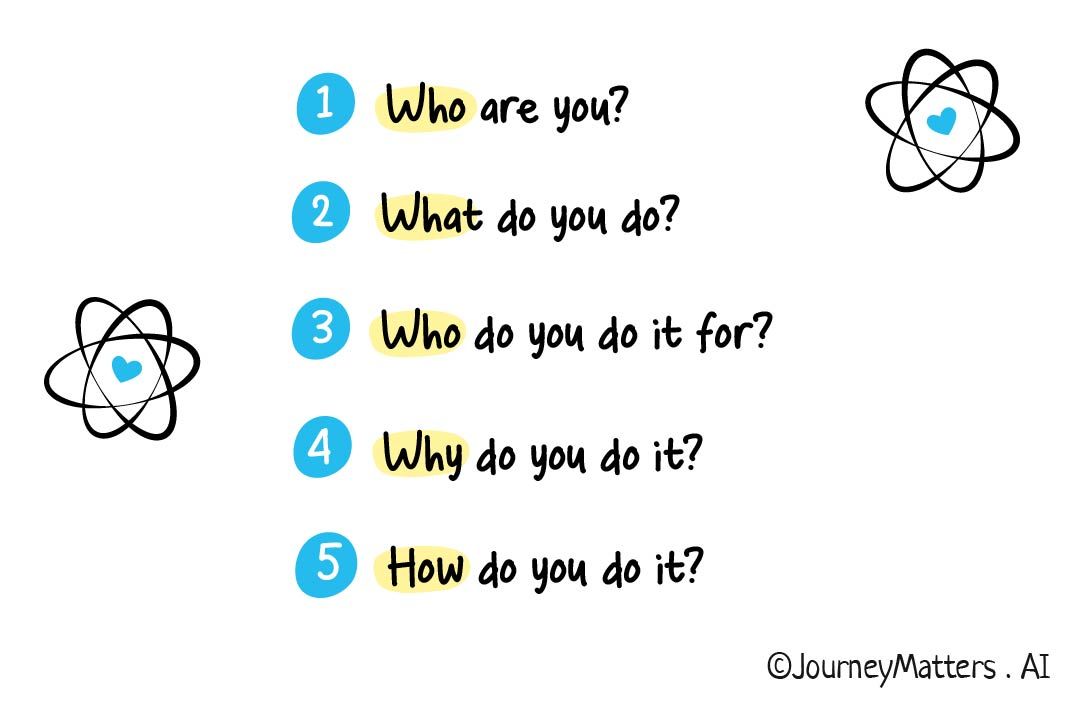
You can define your core values by answering the following five questions:
1. Who Are You?
Infuse your values, mission, and ideologies into your narrative to craft an authentic and powerful message.
2. What Do You Do?
Define your brand’s purpose and the value you can provide to your audience.
3. Who Do You Do It For?
Be specific about who your brand serves and why you create or make for them specifically.
4. Why Do You Do It?
This is where you involve your sentiments and tell about your motivation and inspiration that made you step into this business and why you think it is so significant to the world.
5. How Do You Do It?
Explain the process of accomplishing your purpose.
2. Consistent theme
“Just Do It” is not only Nike’s slogan but also its theme over the years. The slogan inspires people to take action.
It is one of the most famous slogans in the world, coined in 1988 by Dan Wieden, founder of the Wieden+Kennedy global advertising agency.
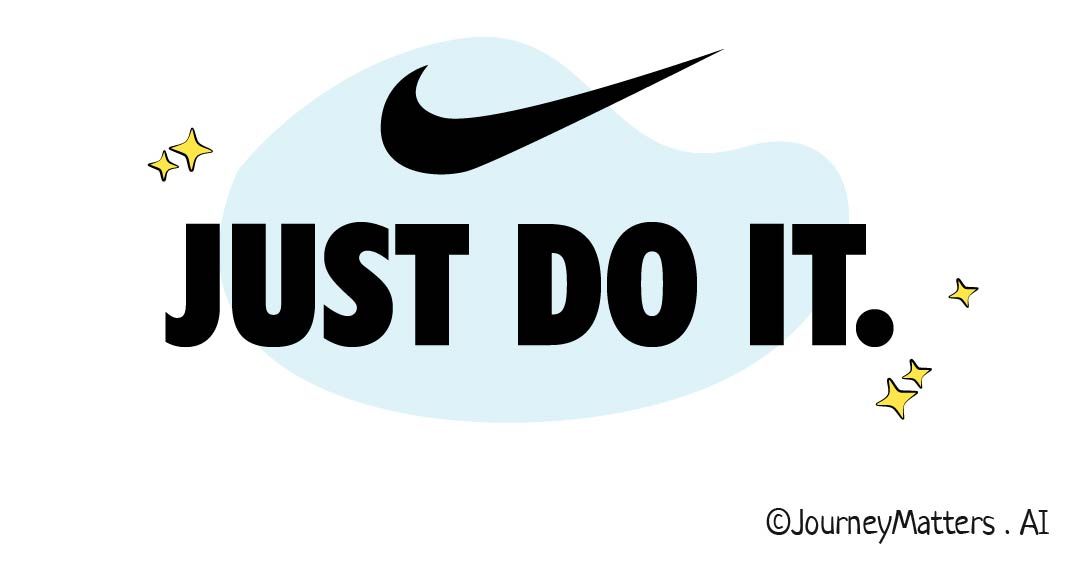
One of the co-founders of Nike, Bill Bowerman, had once said:
“Everyone has a body and is, therefore, a potential athlete.”
The slogan does justice to Bill’s words. It has struck a chord with both the athletic community and those with little to no connection to sports. Nike encapsulated everything admirable and uplifting about the experience of sports and fitness in these three words.
“After the launch of Just Do It, Nike brand sales were rejuvenated, increasing 1,000% over the next ten years. And Nike truly stepped into its role as one of the world’s premiere iconic and soulful brands.”
- Jerome Conlon, Nike’s Director of Marketing Insights & Planning, 1987[3].
This brief tagline has established a recurring theme in Nike's brand storytelling until the present day.
3. Storytelling framework
Nike uses the classic ‘Three-Act framework’ for its stories: exposition, conflict, and resolution. Their stories u introduce the hero, establish the obstacle and show how the hero overcame it. They also use strong imagery and music to crank up the hype.
Let’s deconstruct an ad from Nike’s famous “Until we all win” campaign featuring Serena Williams. It celebrates her life, struggles, and her rise as an icon in a push for gender equality in sports and beyond.

- Exposition (introduce the hero): The ad begins with quick shots of Williams as a young tennis player. Flash forward to now, Serena Williams introduces herself, saying, “I’ve never been the right kind of woman.”
- Conflict (establish the obstacle): She goes on to tell about the criticism she has heard about herself - “oversized, overconfident, too mean, too black for my tennis whites, too motivated for motherhood.”
- Resolution (show how the hero overcomes): Williams ticks off all the negatives she has heard over her career, blistering comments that have inspired her rather than hold her back. She concludes by saying, “But I’m proving, time and time again, there’s no wrong way to be a woman.” The ad ends with the tagline “Until we all win.”
Conclusion
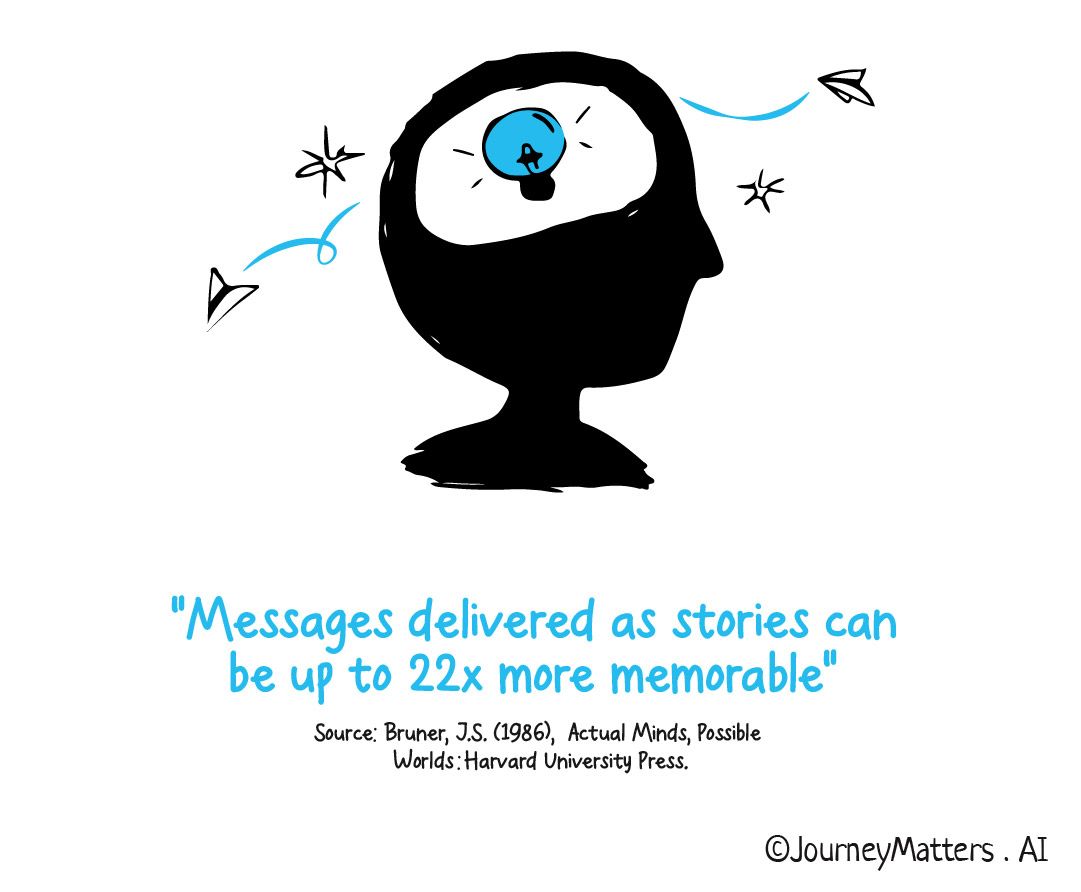
The fact that stories help humans remember important messages can be substantiated by the work of cognitive psychologist Jerome Bruner. In his book “Actual Minds, Possible Worlds,” he states that messages delivered as stories can be up to 22x more memorable.
In the age of distraction and limitless choice, brands must find a way to stand out, and storytelling is the best way to do that.
Resources
- Stories light up our brains. It is not metaphorical. It's based on science.(arielgroup.com)
- It also generated $126 million in sales by the end of the first year after the release of Air Jordan I(centuroglobal.com)
- Jerome Conlon, Nike’s Director of Marketing Insights & Planning, 1987(brandingstrategyinsider.com)

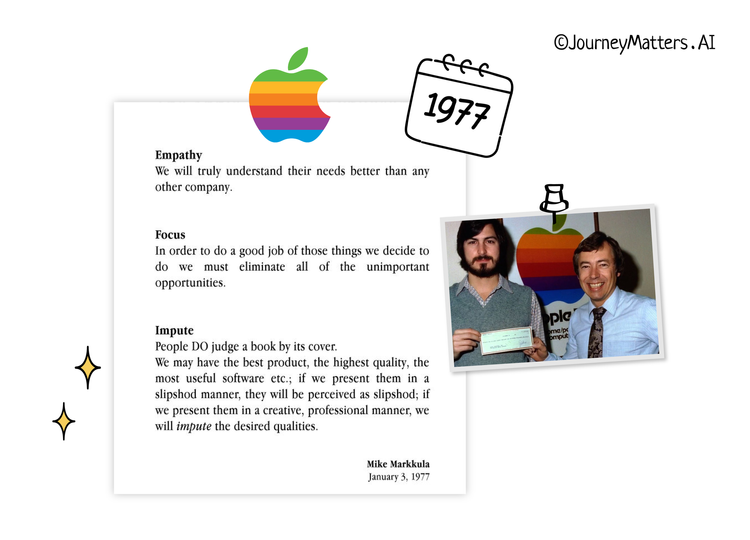
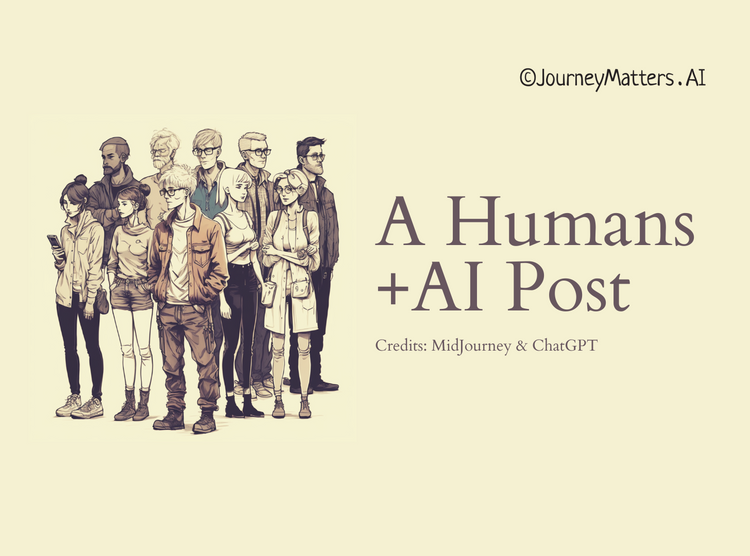


Member discussion